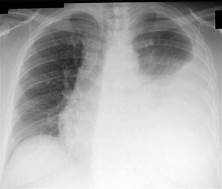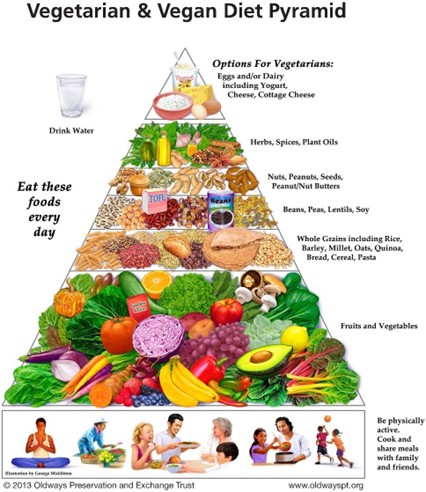A client is scheduled for a thoracentesis that will be done at the bedside. What should the practical nurse (PN) prepare before the healthcare provider arrives to perform the procedure?
Gather the procedure tray and equipment.
Cleanse the site and cover with a sterile towel.
Keep the patient NPO (nothing by mouth) and encourage them to void.
Place the patient in an orthopneic position.
The Correct Answer is A

The correct answer is choice A. Gather the procedure tray and equipment.
Choice A rationale:
The practical nurse should gather the necessary procedure tray and equipment to ensure everything is ready for the healthcare provider to perform the thoracentesis efficiently and safely.
Choice B rationale:
Cleansing the site and covering it with a sterile towel is part of the procedure itself and should be done by the healthcare provider performing the thoracentesis.
Choice C rationale:
Keeping the patient NPO (nothing by mouth) and encouraging them to void is not necessary for a thoracentesis. This procedure typically does not require the patient to be NPO.
Choice D rationale:
Placing the patient in an orthopneic position (sitting up and leaning forward) is important for the procedure, but it should be done closer to the time of the procedure, not necessarily as a preparatory step.
Nursing Test Bank
Naxlex Comprehensive Predictor Exams
Related Questions
Correct Answer is C
Explanation
Choice A rationale:
Avocados and cheese are not specifically recommended for a client with a postoperative wound infection. While a balanced diet is important for overall health, yogurt or buttermilk is a better choice due to their probiotic content, which may promote gut health and support the immune system.
Choice B rationale:
Fresh fruits are generally a healthy dietary choice, but they are not particularly relevant to the management of a postoperative wound infection. The emphasis for this client should be on foods that support wound healing and immune function, such as yogurt or buttermilk.
Choice D rationale:
Green leafy vegetables are rich in vitamins and minerals, but they are not a primary focus for a client with a postoperative wound infection. Again, the emphasis should be on foods that support the immune system and overall recovery, such as yogurt or buttermilk.
Correct Answer is ["A","D","E"]
Explanation
Since the pregnant woman is vegetarian and does not eat meat, the practical nurse (PN) should provide alternative sources of iron-rich foods. Lentils and black beans are excellent vegetarian sources of iron and can be added to soups to increase iron intake (option a).
Oatmeal is a good choice for breakfast as it is often fortified with iron (option d). This can help supplement
iron intake in the diet.
Green leafy vegetables, such as spinach, kale, and broccoli, are also rich in iron and should be increased in the client's diet (option e).
Option b, which suggests eating red meat just until the anemia is resolved, is not appropriate for a vegetarian client.
Option c, taking two prenatal vitamins with iron daily, is not necessary unless specifically advised by the healthcare provider. It is important to follow the prescribed dosage of medication and supplements as directed by the healthcare provider.
 |
Whether you are a student looking to ace your exams or a practicing nurse seeking to enhance your expertise , our nursing education contents will empower you with the confidence and competence to make a difference in the lives of patients and become a respected leader in the healthcare field.
Visit Naxlex, invest in your future and unlock endless possibilities with our unparalleled nursing education contents today
Report Wrong Answer on the Current Question
Do you disagree with the answer? If yes, what is your expected answer? Explain.
Kindly be descriptive with the issue you are facing.
